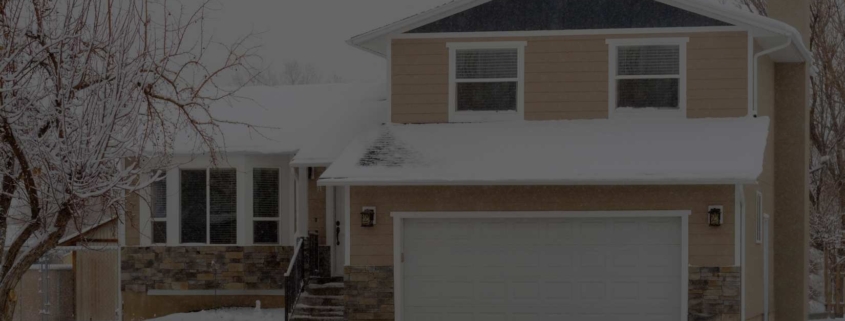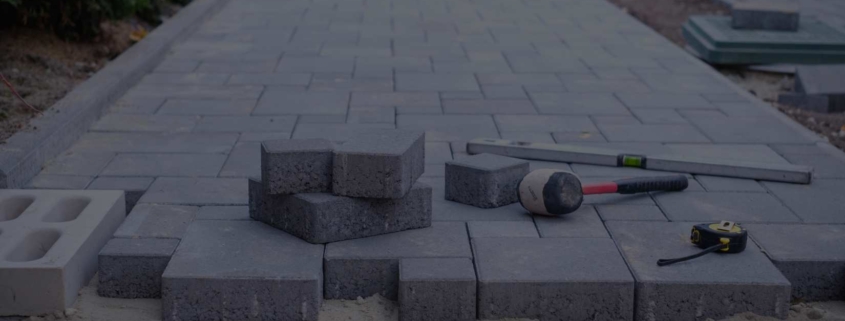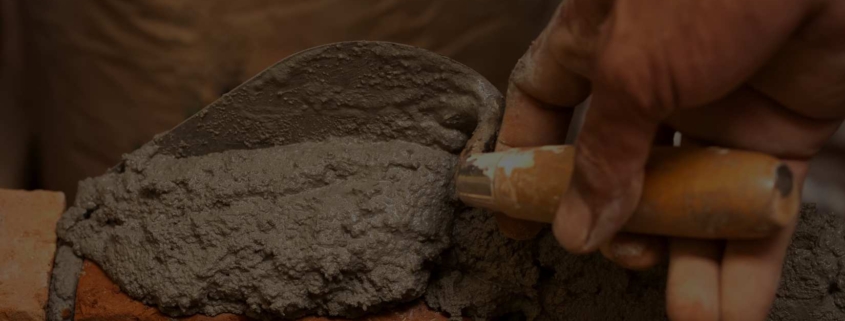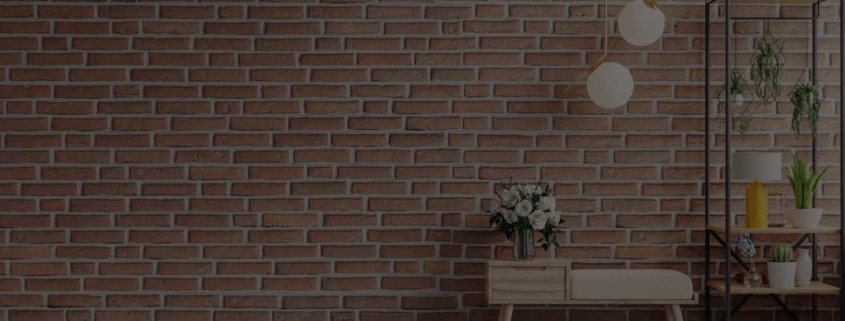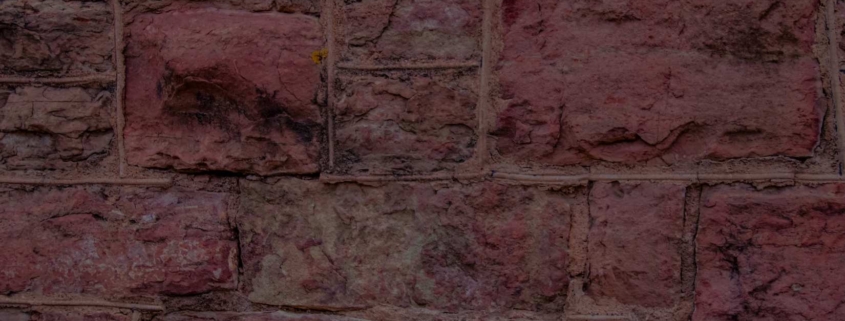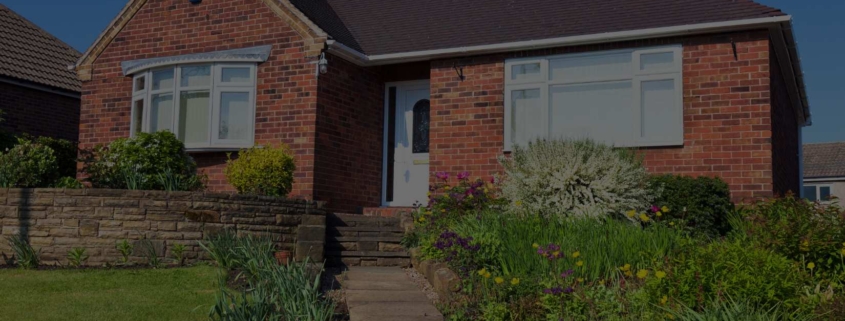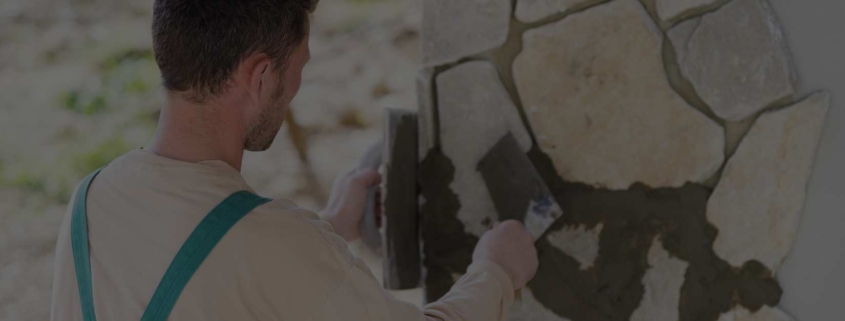During the winter months, ensuring your home’s masonry is well-maintained is crucial to protect it from the harsh effects of cold weather. Freezing temperatures and moisture can cause damage to masonry elements, leading to costly repairs and, in some cases, compromised structural integrity. As a homeowner, understanding how to protect your masonry during the cold season and when to enlist professional help is vital for maintaining your property’s value and safeguarding your investment.
In this informative article, we will provide you with various tips for protecting your masonry from damage during the winter and showcase how Red Robin Masonry’s expert services can contribute to keeping your home in top shape throughout the season. By following our recommendations and partnering with skilled masonry professionals, you’ll be well-equipped to face the challenges of winter and maintain the beauty and durability of your home’s masonry. Read on to learn more about winter masonry maintenance and the expertise Red Robin Masonry offers to help preserve your property.
Recognizing the Impact of Winter on Masonry
Before diving into specific maintenance tips, it is essential to understand how cold weather can affect your home’s masonry. Winter weather conditions, such as freezing temperatures, snow, and ice, can cause a range of issues, including:
- Freeze-thaw cycles: When moisture penetrates masonry materials like brick and mortar, it can cause damage as it freezes and expands, then thaws and contracts. This freeze-thaw cycle can weaken masonry structures, resulting in cracks, mortar deterioration, and spalling.
- Efflorescence: The presence of moisture in masonry materials can lead to the formation of efflorescence – white, powdery deposits of salts left behind as the water evaporates.
- Ice damming: Poorly maintained gutters and downspouts may become clogged with ice and snow, leading to ice damming. This can cause water to back up and seep into masonry, increasing the risk of freeze-thaw damage.
Tip 1: Inspect and Repair Damaged Masonry
Routine inspection of your home’s masonry before the onset of winter is crucial for identifying any existing damage. Look for signs of cracks, loose or missing mortar, spalling bricks, or efflorescence. Promptly address any identified issues to minimize further deterioration resulting from winter weather.
In some cases, repairs can be as simple as filling small cracks or applying a sealant, while more extensive damage may require professional intervention, such as repointing or replacing damaged bricks.
Tip 2: Ensure Proper Drainage
Keeping water away from your home’s foundation and masonry walls is essential in preventing freeze-thaw damage. To ensure proper drainage:
- Maintain gutters and downspouts: Regularly clean your gutters and downspouts, ensuring they are free of debris and functioning correctly.
- Install downspout extensions: Ensure that downspouts direct water at least four feet away from your foundation to minimize water infiltration.
- Grade your landscape: Assess your property’s grading to confirm that water flows away from your home’s foundation.
Tip 3: Apply Water-Repellent Sealants
Protecting your home’s masonry surfaces with water-repellent sealants can help prevent moisture infiltration and subsequent freeze-thaw damage. Choose a high-quality, breathable sealant specifically designed for masonry applications to provide optimal protection without trapping moisture inside the material.
Keep in mind that the effectiveness of sealants can vary depending on factors such as climate, material composition, and application technique. Always follow the manufacturer’s recommendations and consider consulting an expert for guidance.
Tip 4: Protect Vulnerable Areas
Certain areas of your home may be more prone to winter-related masonry damage, such as chimneys, exposed walls, or areas near downspouts. Take the following measures to protect these vulnerable zones:
- Install chimney caps: Chimney caps keep rain and snow from entering your chimney, preventing moisture damage to the masonry structure.
- Insulate exposed walls: Applying insulation to exposed masonry walls can help moderate temperature fluctuations and minimize the risk of freeze-thaw cycles.
- Address drainage issues around downspouts: As previously mentioned, ensure that downspouts direct water safely away from your home to prevent masonry damage.
Tip 5: Regularly Remove Snow and Ice
Promptly removing snow and ice buildup from your home’s exterior can help minimize masonry damage caused by freeze-thaw cycles or ice damming. Focus on areas such as:
- Window sills and ledges: Prevent ice damming or water infiltration by frequently clearing snow and ice from these areas.
- Roof eaves: Remove significant ice accumulations to reduce the risk of ice damming and potential masonry damage.
- Foundation perimeter: Clear snow away from your home’s foundation to minimize water infiltration during melting.
While it may be tempting to use de-icing agents on your masonry surfaces, be cautious, as some chemicals can cause damage to masonry materials. It’s best to choose a gentle, eco-friendly de-icer or simply shovel and sweep the snow away.
Tip 6: Consult a Professional Masonry Expert
Finally, always consult a professional masonry expert, like Red Robin Masonry, when it comes to maintaining and protecting your home’s masonry during winter. An expert can assess your property, identify potential issues, and recommend the most effective solutions to ensure your home remains in top shape even amidst harsh weather conditions. Remember, preventive care and proactive maintenance are key to the longevity and integrity of your home’s masonry.
Safeguard Your Home’s Masonry with Red Robin Masonry’s Winter Maintenance Services
In conclusion, winter weather can take a toll on your home’s masonry, but with proper care and proactive maintenance, it’s possible to minimize the risk of damage and protect your investment. By proactively addressing potential issues, ensuring proper drainage, applying water-repellent sealants, and focusing on vulnerable areas such as chimneys and foundations, you can keep your home’s masonry in top condition even during the harshest winter months.
Trust the experts at Red Robin Masonry to provide the exceptional care, knowledge, and guidance needed to maintain your home’s masonry this winter. Our team is dedicated to delivering outstanding solutions that address your unique needs, ensuring your home remains structurally sound, visually appealing, and protected from the elements year-round. Contact us for first-rate Toronto masonry services!

